Learn to Show Landscapes’ Magic in Your Photos
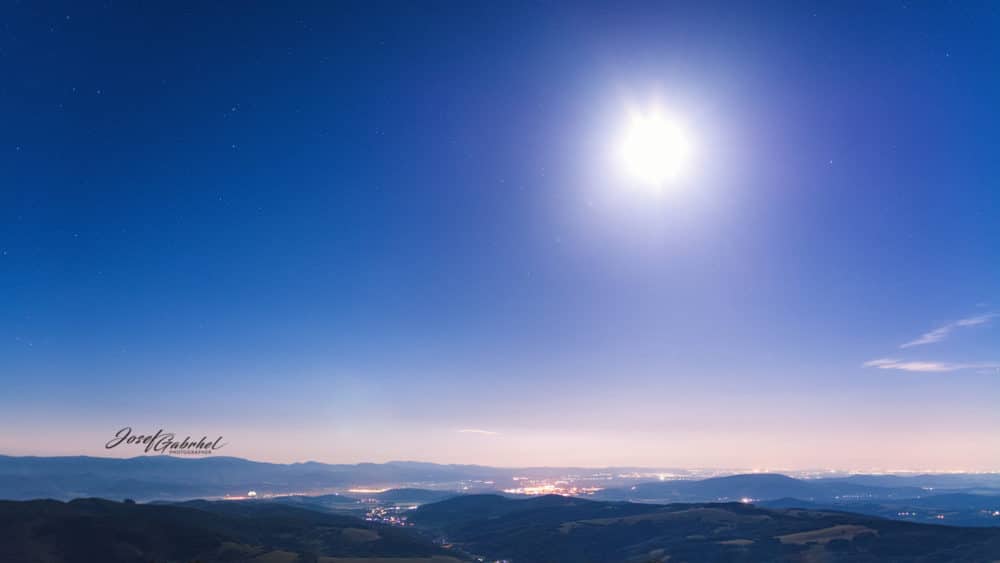
It’s not easy to photograph a landscape in a way that captivates your audience and makes them think. But with a little practice, you really can get that kind of effect. So we have a few tips that will help you on your way.
It’s important to understand light. This is exactly what many people overlook.
Once you understand the play of light and shadow in the landscape, you’ll understand this “beauty.” And landscape photography is about seeking precisely this beauty, which makes your audience stay a while with your photo.
A View of the Land
But what is this beauty?
Just head up a hill on a whim someday and find a view out onto a field or an interesting countryside, and then watch and observe what’s going on in the landscape. In a while, you’ll discover that there’s a lot of life around you that you didn’t notice before.
And here we’ve arrived at the point. If your photo captures a given moment and events that you found interesting, there’s a strong chance that the same will be true for others.
So beauty can be in the way the clouds flow, the grass waves in the wind, or leaves flow in the water, or perhaps a lighted landscape supplemented with the silhouettes of trees, hills, or other details in the landscape.
So first of all, learn to stop and enjoy the landscape. Wait to shoot until you’ve done that. That way you’ll think through your picture superbly. And that’s what will bolster it the most.
Most people work in exactly the opposite direction. They photograph the first thing that catches their eye. But if you want to get people excited about your photo, then they have to at least feel the same thing you felt in the given place.
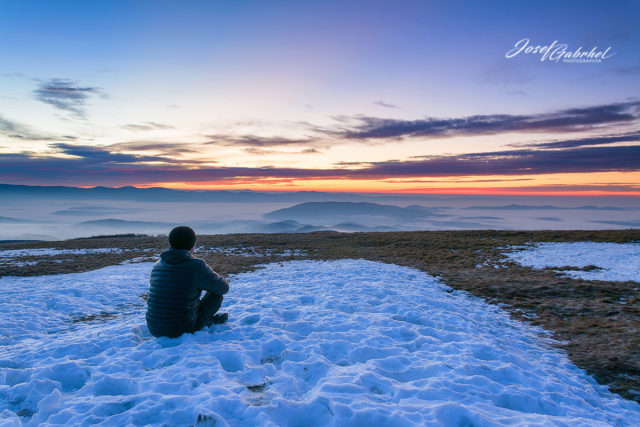
Seek What’s Right
As soon as you stop and find your beauty, remember the basic rules of photography. So seek the right composition for your picture.
Don’t place the horizon in its middle; move it a third of the way in instead. That way you get more sky—or ground.
- When the blue sky color and the motion of clouds dominates the landscape, you let the heavens shine into the photo and give it more space.
- If the sky is uninteresting and the real action is in the fields, then leave just a thin strip of sky and capture as much of the ground action as possible.
The landscape changes significantly among the seasons. So for some places it pays to come back. A landscape that is uninteresting in the summer can be magical in autumn or winter. And if you have the right equipment, you can take beautiful pictures of the stars above the landscape even in a mild morning-time atmospheric inversion.
Sometimes it’s appropriate to choose a certain detail of the spot and zoom in on it. In the process, don’t forget lines (these must guide your viewers’ eyes) and pictures’ basic elements:
- foreground,
- middle,
- background.
All of these parts must be occupied with something. Likewise, any lines must lead from one element to another.
Remember that:
- You first have to decide what and where your beauty is.
- You have to think about the picture and keep its composition in mind.
- You need to seek lines and details in the landscape.
- You need to occupy the photo’s foreground, middle, and background with suitable topics.
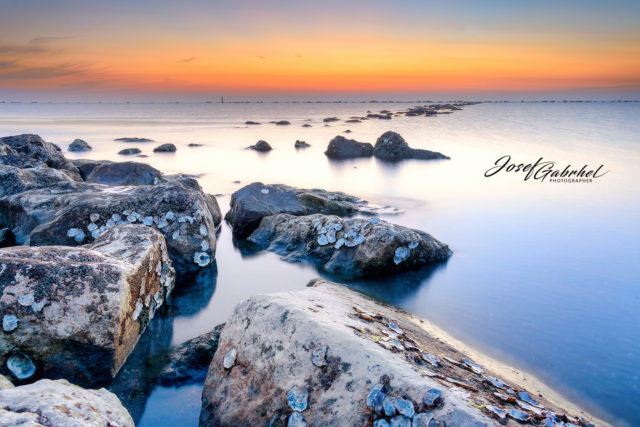
Tips from Practice
When photographing a landscape, you really should above all savor it. In the process, you can relax and think through your composition. Rushed work tends to be shoddy in the end and dashed-off, so investing calm and thought is better. Although you can edit colors at any time in Zoner Photo Studio, you usually can’t save bad composition.
Really think of your landscape photos as a set of three parts that you need to occupy. It’s good to fill in the foreground with stones, grass, or a main line for the picture that leads from its start to its end.
The middle, meanwhile, should normally contain the subject. But it can also contain a continuation of a line leading your audience to a subject in the background. Then they will view most of the picture.
The background, meanwhile, usually contains the backdrop for the whole image. But there are some cases where it contains the subject. In that case the foreground and middle only contain part of the photo’s story.
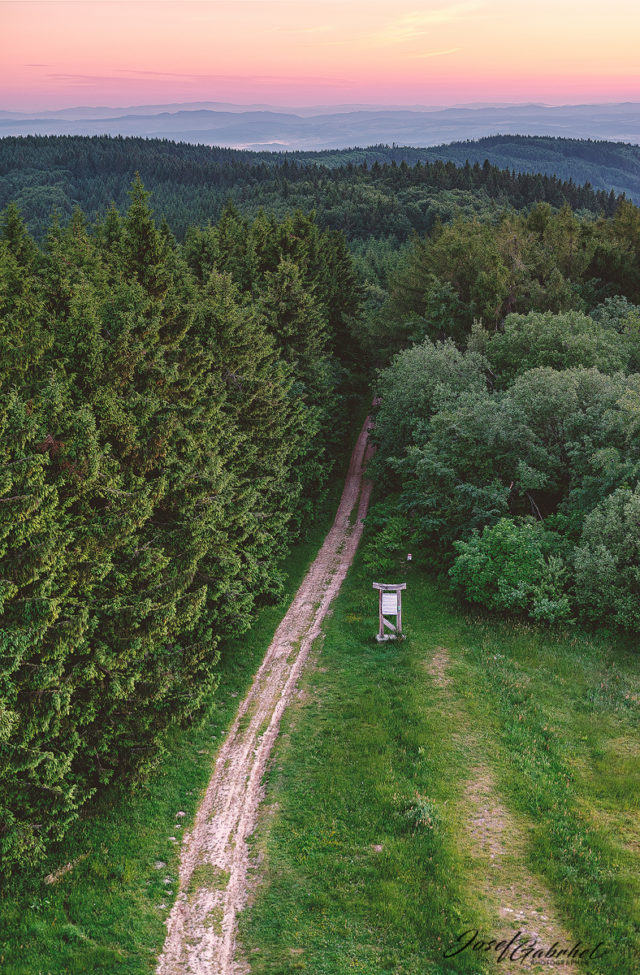
It’s good here to focus at what’s called the “hyperfocal distance.” At low f-stops, with the right focus, that gives you sharpness throughout almost the whole image. There are apps for calculating hyperfocal distance that make it easier to see where to focus and how large of a sharp area you’ll obtain. Just look for “hyperfocal” on Google Play or iTunes.
The very most important thing—and it’s one you’ll have to always keep in mind—is your health. So don’t go to extremes. No photos are worth that.
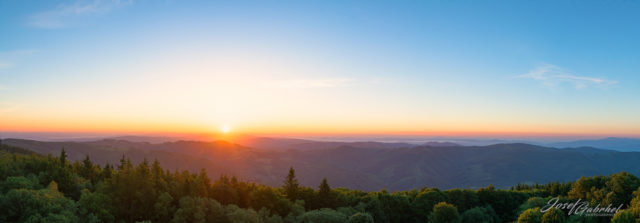
There are no comments yet.